King Charles Spaniels: 'They’re like little people in fur coats'
Once a favourite of the nobility, the distinguished King Charles spaniel is a loving and loyal little lap dog that can also hold its own outdoors, says Katy Birchall.

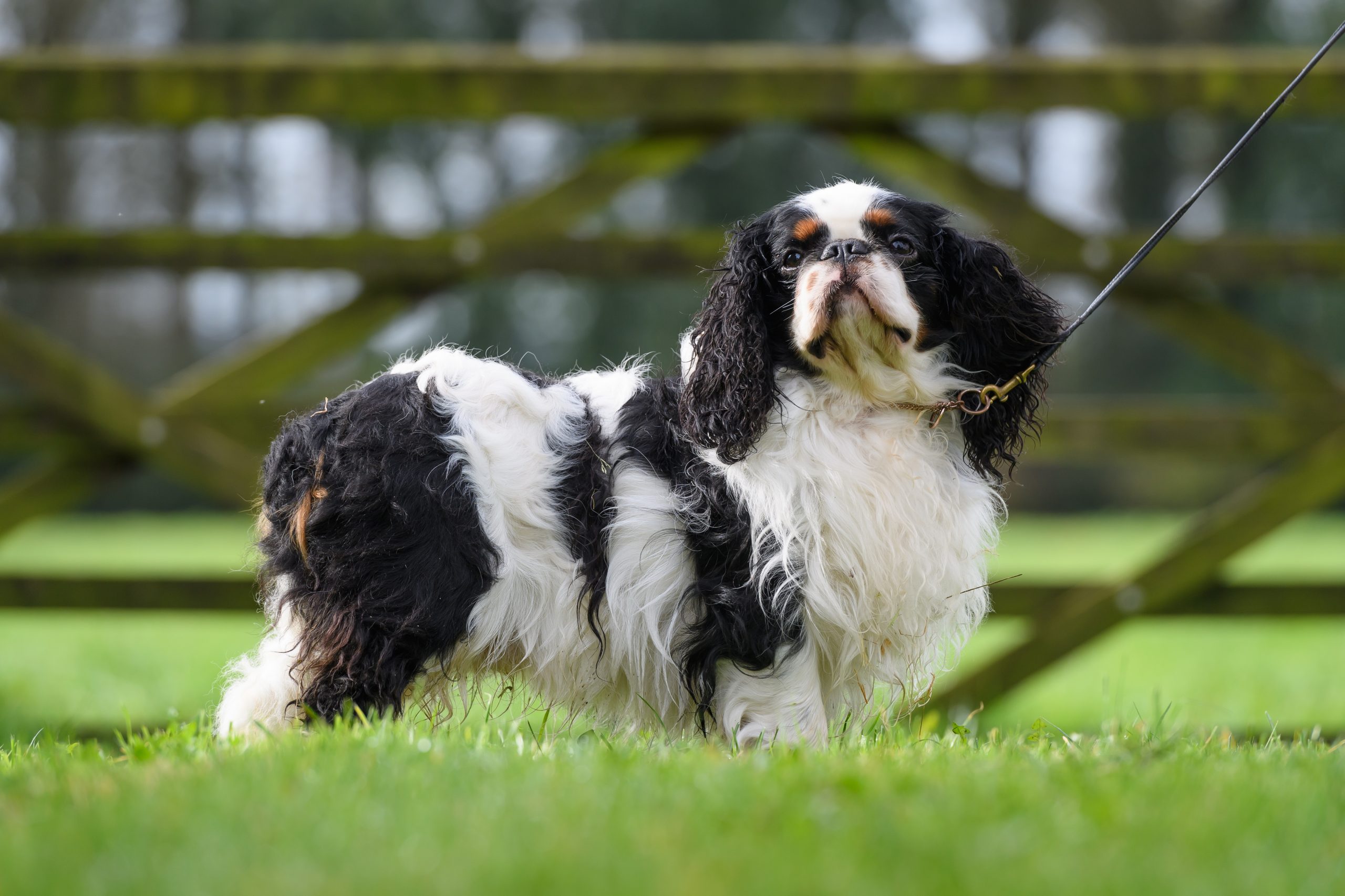
‘There's no need for a King Charles spaniel to growl, they simply give you a look,’ declares Caroline Bowles-Robinson, who lives with nine of them on her Leicestershire farm. ‘It reminds me of when I was at convent school — I was always doing something wrong and so was terribly frightened of the Mother Superior. She wouldn’t tell me off, she’d give me that exact same look — sheer disdain.’
The very name of this regal little dog, partnered with its distinctive domed head, short square muzzle and long low-set, feathered ears lends the King Charles spaniel — not to be confused with the Cavalier, a completely separate breed — a certain air of refinement. A quick glance at that inscrutable expression is enough to acknowledge that this is a spaniel of distinguished character and certainly not one to be trifled with — woe betide the owner who forgets exactly who is in charge here.
‘You feel as if you’re their staff, existing to do their bidding,’ laughs Mrs Bowles-Robinson. ‘You can train them as much as you like, but if you call them and they don’t want to come, they won’t — they’ll let you know that you can come to them. My husband is a livestock farmer and doesn’t see them as real dogs. He likes to point out that they can’t really do much and, even if they could, they likely wouldn’t.’
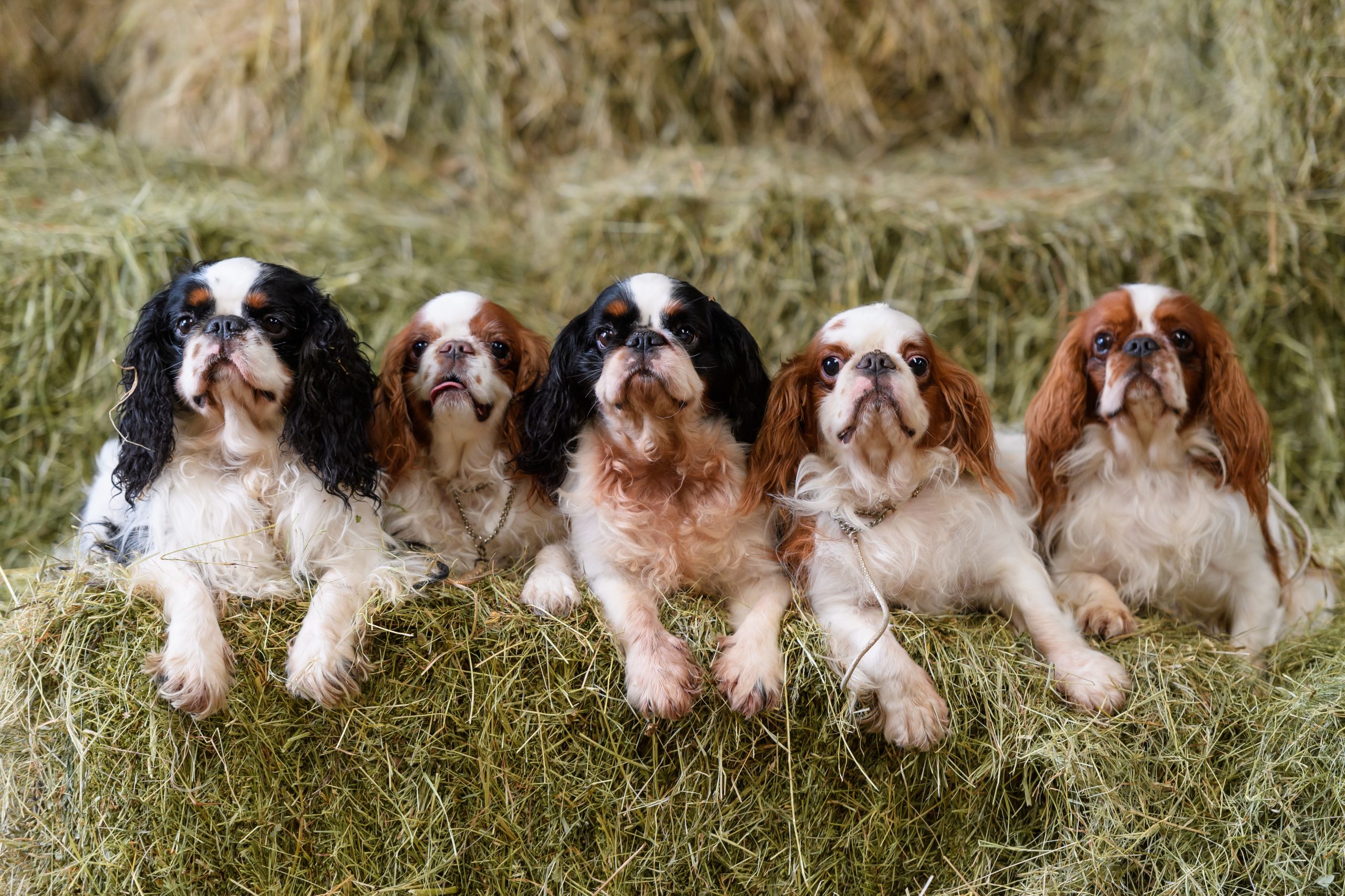
Yet, without so much as lifting a paw, these dignified spaniels have an extraordinary ability to evoke undying affection in their advocates. ‘Charlies’ are low on numbers — only 68 puppies were registered with the Kennel Club (KC) in 2022 — but their owners all come to the same conclusion: once you have one, you’ll want more.
‘I’ve owned several different breeds and, I can tell you, there is nothing like a King Charles,’ enthuses Mrs Bowles-Robinson. ‘They’re quirky, intelligent and wonderfully unusual dogs. Like anyone who has ever had one, I’m addicted.’
The breed can trace its royal heritage back to the 16th century, when the toy spaniel was a favourite of the ladies at Court — in 1570, Dr Caius referred to it as the ‘spaniel gentle’ or ‘comforter’ — but it was during the reigns of Charles I and Charles II that the breed rose to prominence. It earned its name from Charles II, rarely seen without a pack of them following him around the royal residences. As the shorter muzzle came into fashion through the 18th century, so the appearance of the toy spaniel began to alter — it is believed a bulldog or pug was introduced somewhere along the way and, by 1859, The Field reports: ‘The King Charles and Blenheim spaniels as bred by the fancy, are snub-nosed, round-headed animals like pugs, with silky ears and coats, but they are truly graceful animals’.

In 1903, the KC attempted to bring the King James (black and tan), Prince Charles (tricolour), Blenheim (chestnut and white) and ruby spaniels under the single title of the ‘toy spaniel’, but Edward VII intervened, stating his preference for the ‘King Charles spaniel’, and so it became. The Cavalier was recognised as a separate breed in 1945 and has since become by far the more popular of the two.
Exquisite houses, the beauty of Nature, and how to get the most from your life, straight to your inbox.
‘It’s frustrating when a King Charles is mistaken for a Cavalier cross. They’re very different, but people don’t know about the King Charles — they are overlooked,’ says Lara Lacey, owner of wedding venue Thurning Hall in Norfolk.
An 18th-century Georgian country house, Thurning Hall has long been a residence for Charlies — Mrs Lacey’s mother got her first in 1980 — and the two currently holding court there are Mr Bumble and Bubbles. ‘You never know what you’re going to get with a King Charles,’ admits Mrs Lacey. ‘They’ve got their own individual characters. Bubbles is naughty and has more of a spaniel nature — she has a drive in her and is always looking for feathers. Mr Bumble is much too posh for all that — he doesn’t like getting his feet wet.’
No matter their personality, there will be no shortage of smiles when there’s a King Charles around, she emphasises: ‘They’re very funny. They play, they bicker and they’re great with the kids. Mr Bumble loves the school runs.’
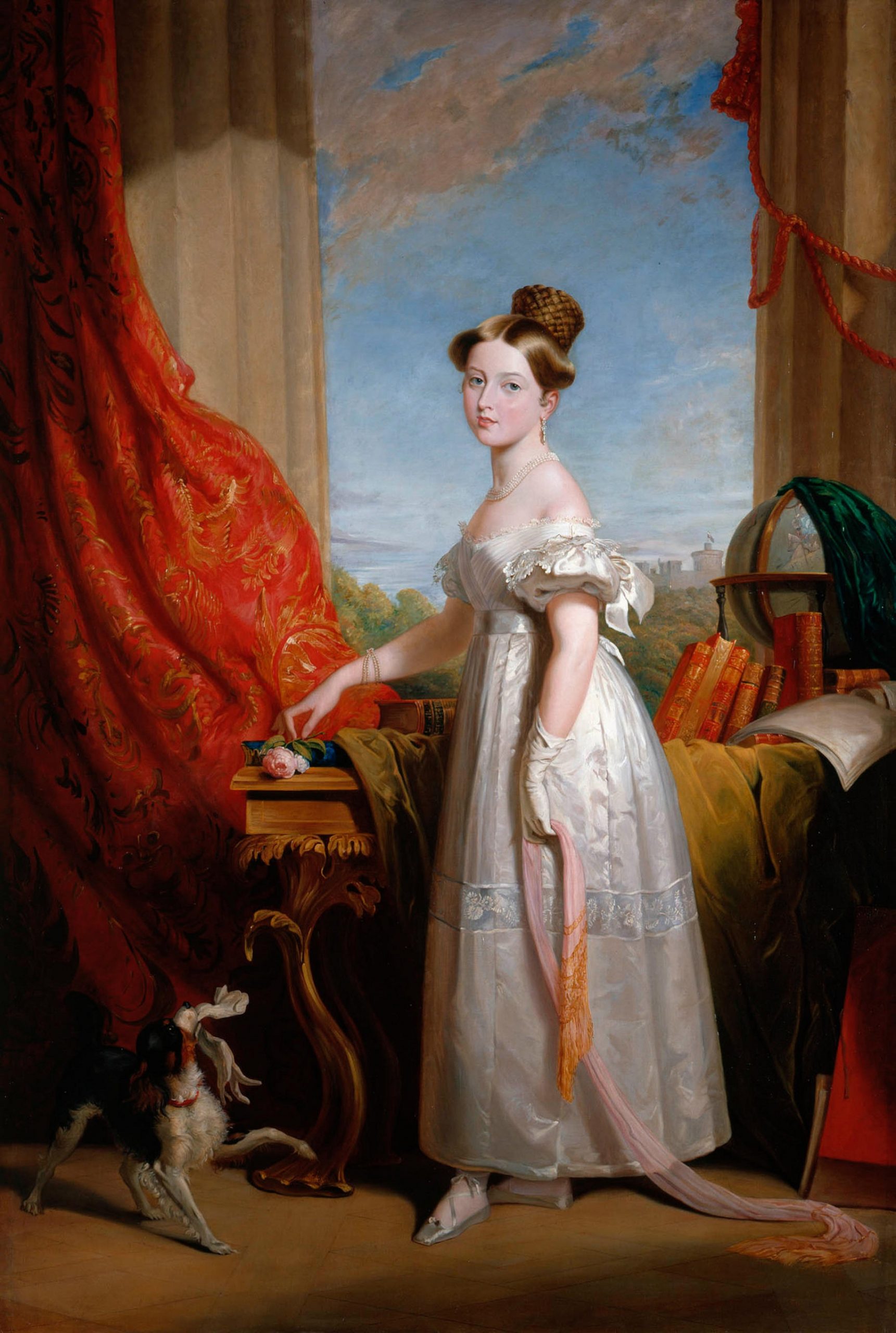
During a wedding, Mrs Lacey is sure to keep the dogs inside, yet a lack of invitation has never stopped royalty before and these spaniels are no exception: ‘They have been known to photobomb some of the formal group shots taken in front of the house. Their chair — yes, they have their own special chair — is against a window right in the middle of the house. In the background of the pictures, you can see their little faces peering out above everyone’s heads.’
Caroline Jones was brought up with Cavaliers and had never heard of Charlies until she was introduced to them 15 years ago — she now has five and one Cavalier. ‘They’re very collectable,’ she enthuses. ‘I have the token Cavalier to keep my husband happy, because he prefers them. Saying that, we weren’t meant to keep the last one I brought home, Squiggy. He kept reminding me she was temporary. Somehow, however, Charlies know the ones they have to win over — he’s now absolutely besotted with her and she with him. That’s the thing about these dogs: you don’t choose them, they choose you.’
Admitting she’s a fan of their haughty nature — ‘think Margo in The Good Life. That’s Charlies for you’ — Mrs Jones emphasises their personalities can vary: ‘I love that they’re all so individual and unique. Some are outgoing, others are reserved, they’re all different. They’re like little people in fur coats.’
What you can bank on is their devotion, she concludes: ‘They’re like your shadow. They follow me everywhere, from room to room. They’re loving, loyal, affectionate — the ideal lap dog. To me, they’re perfect.’
Alicia Pennington, a renowned breeder and judge, and the author of Royal Toy Spaniels (Ringpress), has two, Buttons and Legend, descendants from the very first King Charles spaniel she owned in 1959. ‘I couldn’t not have a King Charles, it would be so disloyal,’ she says. ‘These dogs have given me so much joy. They’re terrific characters — they know what they want, where they’re going and what they’re doing. They’re very intelligent.’
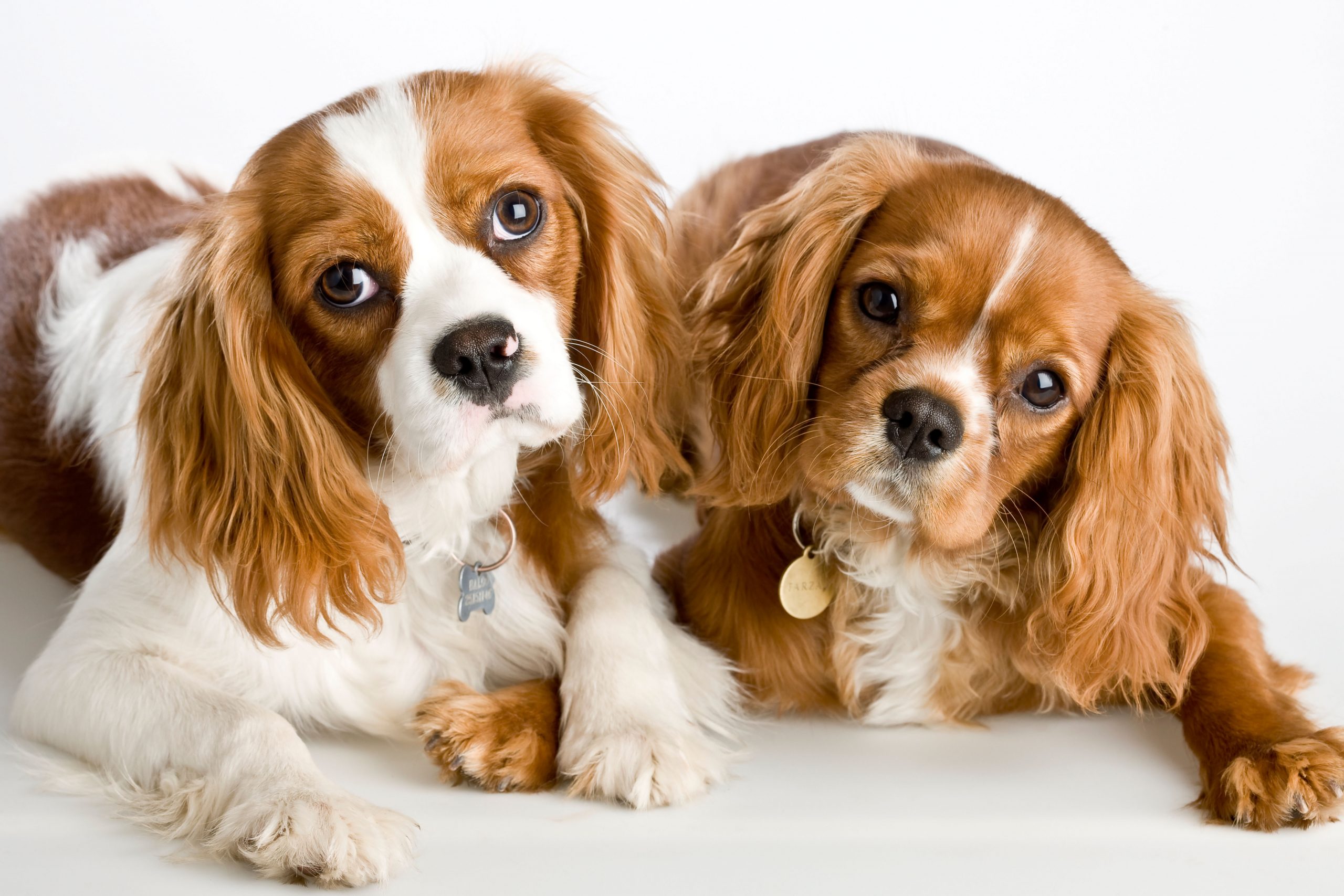
Mrs Pennington recalls one occasion when the cunning of a King Charles was demonstrated in the sporting field: ‘When my husband and I had a shoot, my daughter Julia (Huggins) took her black-and-tan King Charles out. At first, the guns weren’t enthusiastic, but soon they were marvelling over all the birds he was bringing back — too many, Julia realised. She turned round to see him hopping onto the gamekeeper’s truck and retrieving them from there. He was clearly thinking: “Why do the labradors bother dashing around a field when there’s so many already here?” They really do have such personality.’
Although it might not spring to mind as an action dog, the King Charles can hold its own in the great outdoors. Disney and Snoopy, two Charlies bred by Mrs Bowles-Robinson and owned by Nancy Geipel, spend their summer busily exploring forests and jumping into the lake near their village outside of Berlin, Germany.
‘They love to swim,’ insists Mrs Geipel. ‘We are an active family and spend as much time as possible in Nature. We ride our bikes a lot and, of course, the dogs accompany us — they have a basket on the handlebars.’
After 20 years of owning Cavaliers, Mrs Geipel got her first King Charles in 2012 and hasn’t looked back: ‘One has the feeling that these dogs share your thoughts. You have to meet them personally to realise the love of this breed — then you won’t want to be without them for a single day.’

How to choose a healthy King Charles Spaniel
Questions have been raised over health issues that may affect the King Charles and thorough research is absolutely essential when considering a puppy. ‘The Kennel Club (KC) has developed a range of health tests to help to protect and improve the breed’s health in areas where there are concerns,’ says Bill Lambert, the health, welfare and breeder services executive.
‘These include the KC/University of Cambridge Respiratory Function Grading Scheme for a breathing condition called Brachycephalic Obstructive Airway Syndrome (BOAS), where responsible King Charles breeders are working with those involved in the scheme to develop a breed-specific test to ensure a healthier future.
‘As well as this, the KC runs a health scheme for a complex inherited neurological condition called syringomyelia, which can affect some dogs within the breed, and an eye-test scheme run with the British Veterinary Association and International Sheepdog Society.
‘Although research, carried out by the KC and the University of Cambridge, has indicated that the prevalence of BOAS is limited in the King Charles spaniel, there are still health challenges faced by the breed and so our priority is to encourage responsible and caring breeders to use the health tests and tools we provide in order to protect the health of the breed for future generations.’
For more information, visit www.thekennelclub.org.uk

Joe Gibbs: How we found out the hard way that taking Jack Russells to a golden retriever festival is a BIG mistake
Joe Gibbs visits Retrieverfest, one of Britain's finest golden retriever festivals — and rues not taking a golden retriever.
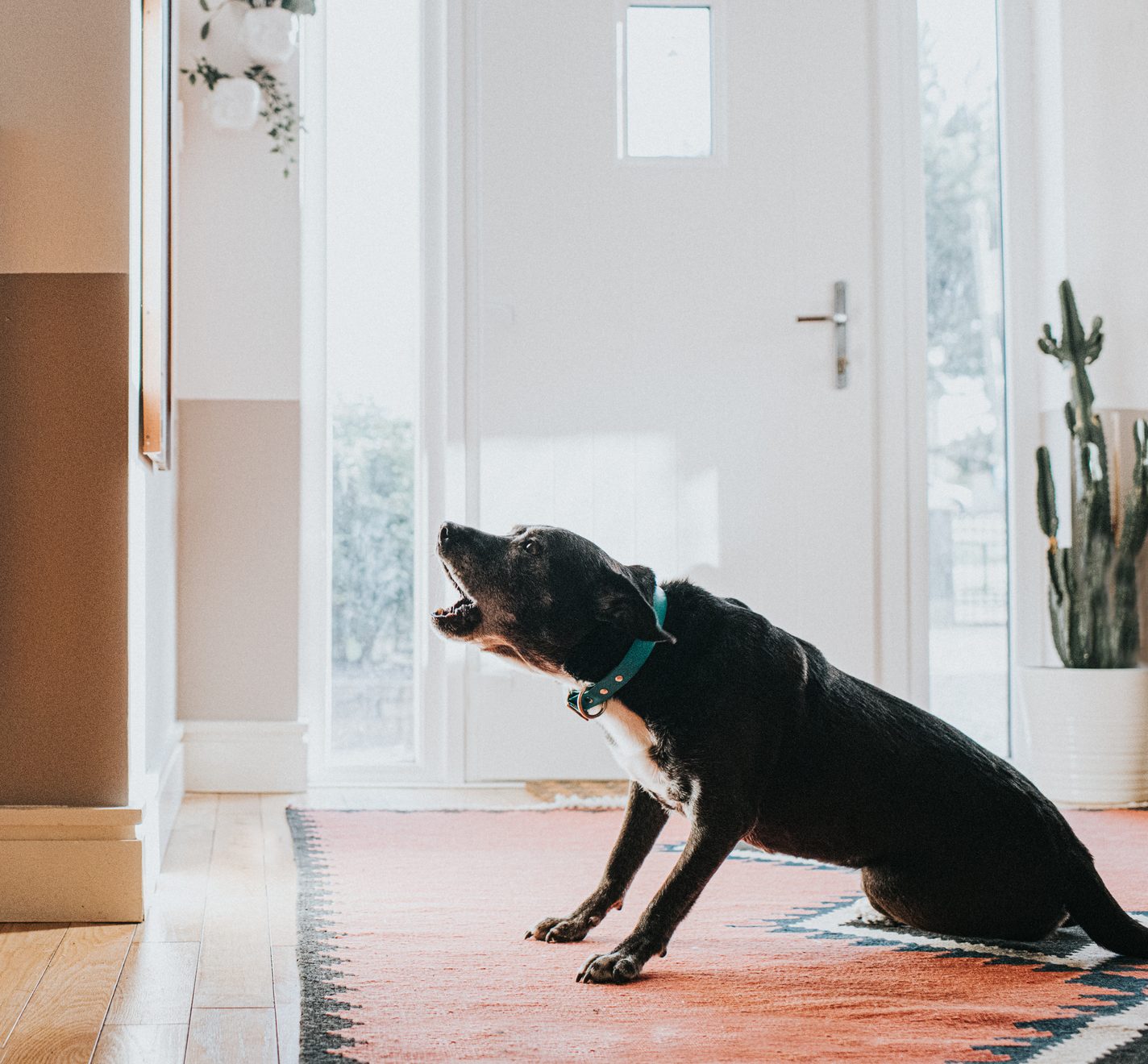
Credit: Getty
How to stop your dog barking at loud noises and passers-by using the 'in' command, by Ben Randall
Dogs who become overly territorial and bark at loud noises or passers-by can be a headache for their owners — but

Jack Russells: Feisty, funny, and the first dog in history to inspire a queen's coronation gown
Small, but mighty, the feisty Jack Russell is as popular as ever, not least as it’s The Queen Consort’s breed
Katy Birchall is a journalist and the author of several young adult and teen novels, including The It Girl series and the Hotel Royale series. She has written a retelling of Jane Austen’s Emma for the Awesomely Austen series and the Netflix spin-off novel Sex Education: The Road Trip. She is also the author of several romantic comedies for adults including The Secret Bridesmaid and The Wedding Season. She writes romantic fiction for young adults under the name Ivy Bailey, romantic-comedy under the name Katrina Logan, and romantic sports fiction for adults under Katherine Reilly. She lives in London with her husband, daughter and rescue dog.
